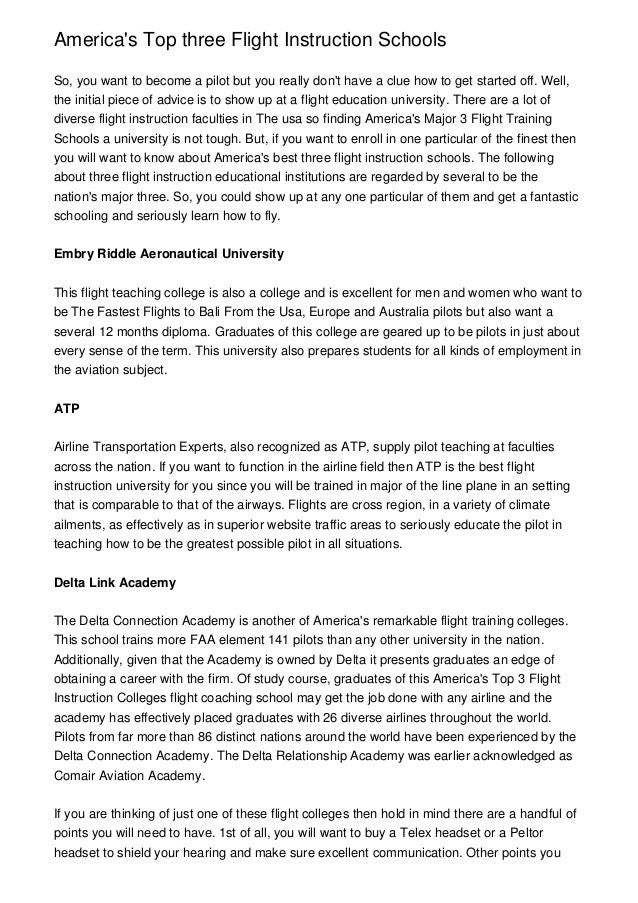
Let me take you to beautiful South Africa, home to wild animals, stunning beaches, delicious wines and lovely people. South Africa is also home to a very successful airline you've never heard of before. Out of the Southwest Airlines mold comes another unique airline in a very competitive and tough industry.
The airline - Kulula (in Zulu meaning "it's easy.") Airlines, "which, judging by their jets, has literally branded themselves as a fun airline. Everything is labelled in a fun way: the emergency row is called the "throne zone," the rudder is "the steering thingy" and the overhead compartments are "VIP seating for your hand luggage." (Humor at Work: Airline Has Great Fun Branding Itself, April 10, 2013)
This is a low-cost airline that doesn't take itself too seriously. You could understand it by looking at the images that I found of the aircraft. But it's more than the paint on the plane. It's a culture of fun, play and humor.
How do you differentiate in a mature industry (any industry for that matter). Why not look at an industry that is extremely mature - airlines. Not just any airlines, Kulula Airlines, a quirky upstart from South Africa.
After 11 years since launching, Kulula Airlines has actually become the No. 2 carrier in South Africa (2nd only to a government owned airline), thanks to eye-catching ad campaigns that depict ordinary flyers as superheroes, under their slogan, 'Now anyone can fly!' Now, the airline is going even further with humor, using it both inside and outside the plane.
Humour has been part of Kulula from day one, said Heidi Braurer, Kulula's marketing chief. It is well to be easy and funky, but this is serious business, too. They are encouraged to be interacting and original, but not insulting to anybody, Braurer said. We don't hire them as comedians, we hire them as flight attendants. But outside the plane's cabin, Kulula is turning heads and making a name for itself in the process. The company has become very liberal with their exterior decoration (lime green paint), painting some planes with cows, signs that read This Way Up, and even adding arrows that point out each individual feature of the plane, including the black box, the seats, the back door, the nose cone, and even where the co-captain sits. It's highly unusual for an airliner to not take itself so seriously, and people are noticing. (International Business Times, "Kulula Airlines: Funny 'Flying 101' Jet Brings Airplane Humor to the Skies," March 22, 2012)
One of their six core values is Great Fun, which they define as: "We help people lighten up. Smiles and jokes are free. We always want to be genuinely friendly and provide the right environment for our staff's natural talent to shine." ("Humor at Work: Airline Has Great Fun Branding Itself," April 10, 2013)
To deliver WOW experience could also be justified on what they have done to boring & lame "flight safety lecture" when delivering it to passengers by making it more entertaining and edible. Here are some real examples that have been heard or reported:
- On a Kulula flight, (there is no assigned seating, you just sit where you want) passengers were apparently having a hard time choosing, when a flight attendant announced, "People, people we're not picking out furniture here, find a seat and get in it!"
- On another flight with a very "senior" flight attendant crew, the pilot said, "Ladies and gentlemen, we've reached cruising altitude and will be turning down the cabin lights. This is for your comfort and to enhance the appearance of your flight attendants."
- On landing, the stewardess said, "Please be sure to take all of your belongings. If you're going to leave anything, please make sure it's something we'd like to have."
- After a particularly rough landing during thunderstorms in the Karoo, a flight attendant on a flight announced, "Please take care when opening the overhead compartments because, after a landing like that, sure as hell everything has shifted."
- Weather at our destination is 50 degrees with some broken clouds, but we'll try to have them fixed before we arrive. Thank you, and remember, nobody loves you, or your money, more than Kulula Airlines."
- "As you exit the plane, make sure to gather all of your belongings. Anything left behind will be distributed evenly among the flight attendants. Please do not leave children or spouses."
- And from the pilot during his welcome message: "Kulula Airlines is pleased to announce that we have some of the best flight attendants in the industry. Unfortunately, none of them are on this flight!"
- Heard on Kulula 255 just after a very hard landing in Cape Town. The flight attendant came on the intercom and said, "That was quite a bump and I know what y'all are thinking. I'm here to tell you it wasn't the airline's fault, it wasn't the pilot's fault, it wasn't the flight attendant's fault, it was the asphalt."
(D3eksha, Delivering Wow Experience: A Lesson to Learn from Kulula Air)
If in the airline industry - which relies on safety and security to the Nth degree - can inject humor into their daily operations with success, then it's a no-brainer that we in higher education can do so as well!
There are lots of great business examples of success while having fun (sounds like another post).
So next time you're struggling to create classroom and teacher differentiation, try a little humor.
As a recovering lecturer Russ Johnson makes a living in the classroom and corporate training room on a variety of topics (teacher training, student engagement, change management, etc). A popular speaker, trainer and author. http://teachertrainer.com/









